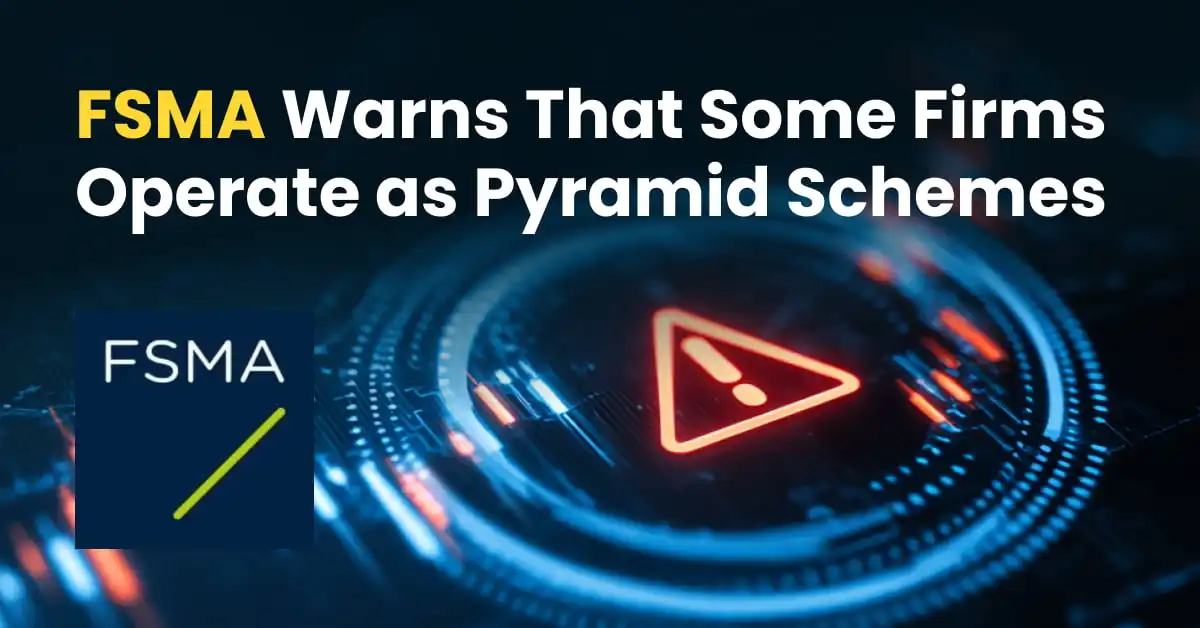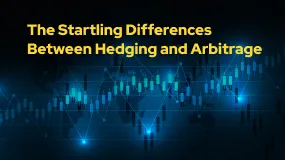简体中文
繁體中文
English
Pусский
日本語
ภาษาไทย
Tiếng Việt
Bahasa Indonesia
Español
हिन्दी
Filippiiniläinen
Français
Deutsch
Português
Türkçe
한국어
العربية
Is the Russia-Ukraine Conflict Really Coming to an End?
Abstract:As the Russia-Ukraine conflict approaches its third year, international attention to the situation has intensified. The U.S. government is actively seeking a solution to end the conflict.

According to reports, the U.S. plans to present a proposal at the Munich Security Conference in Germany next week aimed at ending the Russia-Ukraine conflict. The plan may include freezing the current conflict, leaving the territories controlled by Russian troops in a state of limbo, while providing security guarantees to Ukraine to ensure Russia does not launch another attack.
However, there is division within the U.S. government on how to end the conflict. Trump's administration is split into two camps. On one hand, National Security Advisor Robert O'Brien and U.S. Special Envoy for Ukraine Keith Kellogg advocate for using America's influence to force Russian President Vladimir Putin to make concessions and reach a peace agreement. On the other hand, some in Trump's government suggest reducing aid to Ukraine, believing that this would force Ukraine to accept peace talks more quickly. This proposal has sparked widespread controversy, with critics arguing that it effectively disarms Ukraine and forces it to surrender to Russia.
During his campaign, Trump repeatedly stated that he could quickly end the Russia-Ukraine conflict once in office. However, as the situation has evolved, he has come to realize that the process of ending the war may be far more complex and lengthy than he initially anticipated. In this context, Trump has publicly stated that if Putin does not engage in negotiations, the U.S. may impose more sanctions and tariffs on Russia. Nevertheless, due to the significant decoupling of the U.S. and Russian economies, the pressure that Trump can exert on Russia through tariffs is likely to be limited.
Despite the U.S. government's efforts to pressure Russia through political and economic means, ending the conflict remains a significant challenge. First, existing international sanctions have placed immense pressure on Russia's economy, but the sanctions that the U.S. can still impose are quite limited. Additionally, the sharp decline in trade means that Trump's tariff threats against Russia are losing effectiveness, and with the U.S. and Russian economies almost fully decoupled, America's economic leverage over Russia has been greatly diminished.
Both Russia and Ukraine have shown some willingness to negotiate regarding the future of the conflict. Ukrainian President Zelensky recently indicated that he does not rule out the possibility of dialogue with Putin, while Russia has also expressed its willingness to engage in talks under certain conditions. However, significant obstacles remain, including issues of legitimacy surrounding Zelensky, which complicate the process. Meanwhile, Russia continues to insist on certain conditions before further discussions can take place.
Given the complexity of the Russia-Ukraine conflict, the international community and all involved parties must adopt a more flexible and pragmatic approach. The U.S. role is crucial, and whether the proposed plan to freeze the conflict can be implemented will depend on the responses and actions of all parties involved.

Disclaimer:
The views in this article only represent the author's personal views, and do not constitute investment advice on this platform. This platform does not guarantee the accuracy, completeness and timeliness of the information in the article, and will not be liable for any loss caused by the use of or reliance on the information in the article.
Read more

FSMA Warns That Some Firms Operate as Pyramid Schemes
The FSMA has sounded the alarm on a “new wave of fraudulent trading platforms” that rely on pyramid schemes to sustain payouts. According to regulator observations, these schemes allow small withdrawals at first in order to build trust, then use excuses to block larger withdrawal attempts. Eventually, when recruitment of new participants falters, the platform vanishes with all funds, leaving victims empty‑handed.

FortuixAgent Review: What You Should Know?
FortuixAgent is an automated trading platform designed to execute buy and sell orders by leveraging live market data and artificial intelligence. The platform supports multiple asset classes, including forex majors, crypto pairs, and precious metals, allowing diversification from a single dashboard. Recently, FortuixAgent has played a role in many regional markets, including South Africa, South Asia, etc. However, is it reliable?

Is Your Forex Strategy Failing? Here’s When to Change
Have you been encountering frequent forex losses? Finding it hard to gain the trading momentum? Can’t understand whether your current forex strategy is in line with the shift in economic indicators or the geopolitical climate? Overcomoming these will require a change to your forex investment strategy. Learn those smart strategic changes here.

The Startling Differences Between Hedging and Arbitrage
The two risk management investment tools - hedging vs arbitrage - have been helping investors achieve their respective financial goals. Explore this comparision to understand their functionalities, the investment purpose they serve, the risk attached, and several other aspects.
WikiFX Broker
Latest News
WEEKLY SCAM BROKERS LIST IS OUT! Check it now
Apex Trader Funding is an Unregulated Firm | You Must Know the Risks
What WikiFX Found When It Looked Into Aron Markets
Textiles to whisky: U.K.–India 'historic' deal is set to boost bilateral trade by over $34 billion a year
Thailand-Cambodia border clashes: Cambodia's economy has more to lose, analysts say
Puma shares plunge 18% after full-year sales, profit outlook cut on U.S. tariffs
Is Your Forex Strategy Failing? Here’s When to Change
FSMA Warns That Some Firms Operate as Pyramid Schemes
Federal Reserve likely to hold interest rates steady despite pressure from Trump. Here's what that means for your money
Sigma-One Capital Scam? Investors Say They Can’t Withdraw Funds
Currency Calculator


